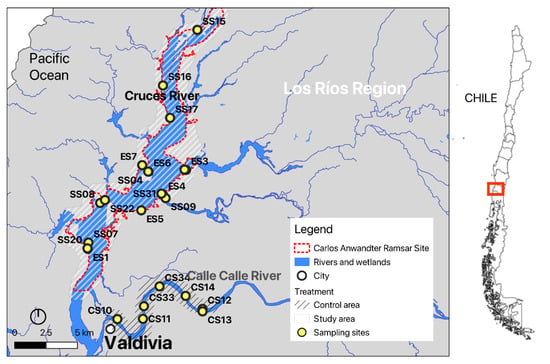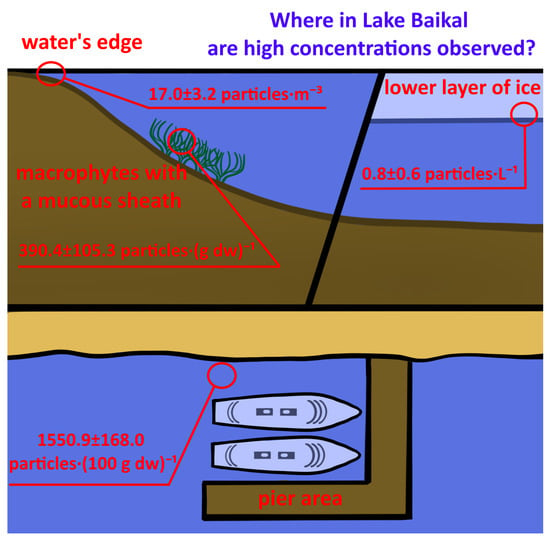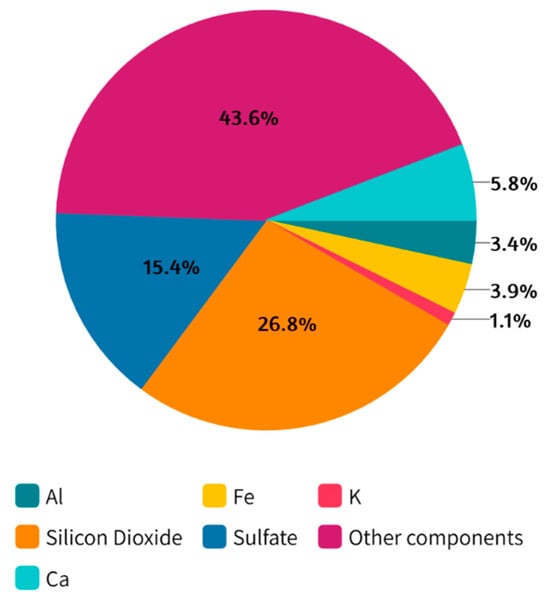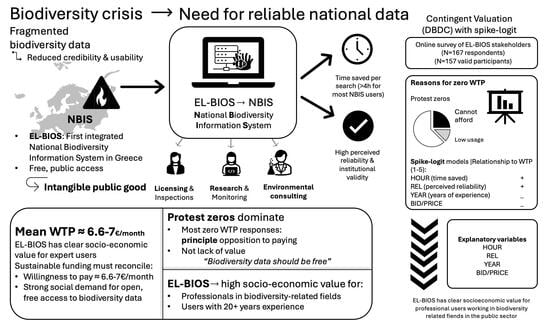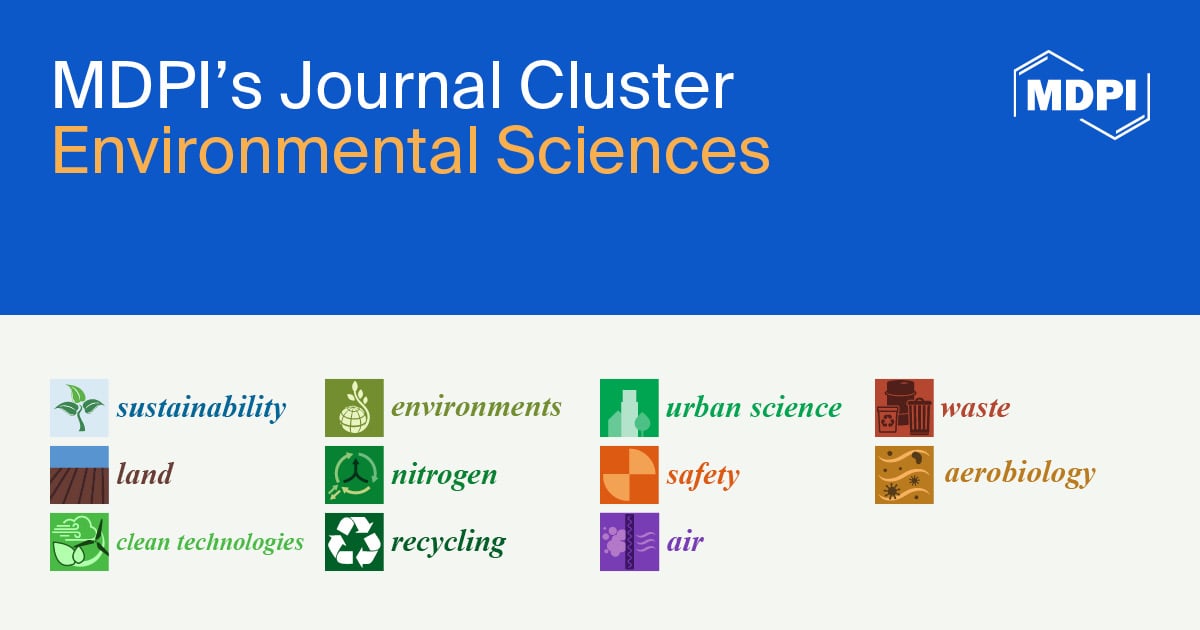-
 Influence of Vermicompost Tea on Metabolic Profile of Diplotaxis muralis: An NMR Spectroscopic Analysis
Influence of Vermicompost Tea on Metabolic Profile of Diplotaxis muralis: An NMR Spectroscopic Analysis -
 The Effect of Acid Catalysis on Hydroxycinnamate Recovery from Corn Stover Using Hydrothermal and Organosolv Treatments
The Effect of Acid Catalysis on Hydroxycinnamate Recovery from Corn Stover Using Hydrothermal and Organosolv Treatments -
 What Is Environmental Biotechnology? Although Widely Applied, a Clear Definition of the Term Is Still Needed
What Is Environmental Biotechnology? Although Widely Applied, a Clear Definition of the Term Is Still Needed -
 Arsenic and Uranium Contamination on Navajo Nation Tribal Lands, USA: A State-of-the-Science Review of a Toxic Mining Legacy and Its Socio-Environmental Impacts
Arsenic and Uranium Contamination on Navajo Nation Tribal Lands, USA: A State-of-the-Science Review of a Toxic Mining Legacy and Its Socio-Environmental Impacts -
 Assessing Avoided Burden and Net Environmental Impact by Recycling and Repurposing of Retiring Wind Turbines
Assessing Avoided Burden and Net Environmental Impact by Recycling and Repurposing of Retiring Wind Turbines
Journal Description
Environments
- Open Access— free for readers, with article processing charges (APC) paid by authors or their institutions.
- High Visibility: indexed within Scopus, ESCI (Web of Science), PubAg, AGRIS, GeoRef, and other databases.
- Journal Rank: JCR - Q2 (Environmental Sciences) / CiteScore - Q1 (Ecology, Evolution, Behavior and Systematics)
- Rapid Publication: manuscripts are peer-reviewed and a first decision is provided to authors approximately 19.2 days after submission; acceptance to publication is undertaken in 3.4 days (median values for papers published in this journal in the first half of 2025).
- Recognition of Reviewers: reviewers who provide timely, thorough peer-review reports receive vouchers entitling them to a discount on the APC of their next publication in any MDPI journal, in appreciation of the work done.
- Testimonials: See what our editors and authors say about Environments.
- Journal Cluster of Environmental Science: Sustainability, Land, Clean Technologies, Environments, Nitrogen, Recycling, Urban Science, Safety, Air, Waste and Aerobiology.
Latest Articles
E-Mail Alert
News
Topics
Deadline: 31 December 2025
Deadline: 28 February 2026
Deadline: 20 March 2026
Deadline: 30 March 2026
Conferences
Special Issues
Deadline: 25 December 2025
Deadline: 25 December 2025
Deadline: 25 December 2025
Deadline: 31 December 2025



